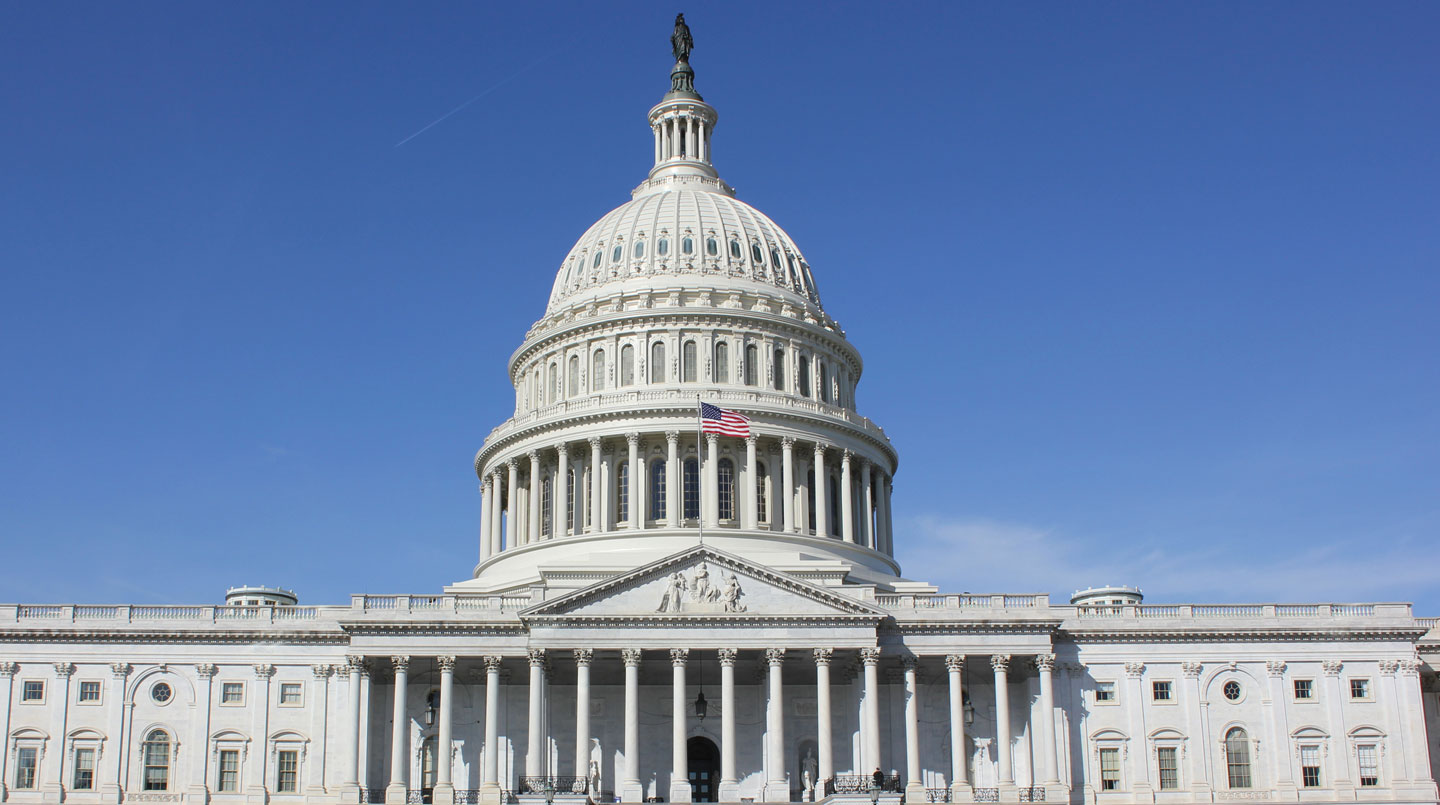Tag: ohio
-
Nickie Antonio raised more than any other Democratic State Senate candidate or officeholder in Ohio

Ohio Democratic State Senate candidates and officeholders have raised $1.0 million during the 2022 election cycle. Among state senators and candidates, Nickie Antonio has raised more than any other Democrat. Antonio is the representative for Ohio State Senate District 23 and is running for re-election in 2022. Antonio raised $254,620 and spent $139,263 between Jan.…
-
Ryan, Vance running in general election for U.S. Senate in Ohio

Tim Ryan (D) and J.D. Vance (R) are running in the November 8 general election for U.S. Senate in Ohio. Incumbent Rob Portman (R), who was first elected in 2010, is not running for re-election. Republican and Democratic primaries were held on May 3, 2022. Ryan was elected to the U.S. House in 2002. He…
-
The top fundraisers in the Ohio House

Campaign finance requirements govern how much money candidates may receive from individuals and organizations, how often they must report those contributions, and how much individuals, organizations, and political entities may contribute to campaigns. While campaign finance is not the only factor in electoral outcomes, successful fundraising can provide a candidate with advantages during a campaign.…
-
The top fundraisers among Ohio statewide elected offices

Campaign finance requirements govern how much money candidates may receive from individuals and organizations, how often they must report those contributions, and how much individuals, organizations, and political entities may contribute to campaigns. While campaign finance is not the only factor in electoral outcomes, successful fundraising can provide a candidate with advantages during a campaign.…
-
The top fundraisers in the Ohio State Senate

Campaign finance requirements govern how much money candidates may receive from individuals and organizations, how often they must report those contributions, and how much individuals, organizations, and political entities may contribute to campaigns. While campaign finance is not the only factor in electoral outcomes, successful fundraising can provide a candidate with advantages during a campaign.…
-
$58,235 spent with USPS from Ohio campaign accounts

In Ohio, state-level candidates and PACs have spent $58,235 from their campaign accounts on services from the United States Postal Service in the 2022 election cycle so far. USPS received 0.1 percent of all $71.4 million in reported expenditures. According to Ohio Secretary of State reports, here are the top candidates and PACs that have…
-
Ohio Supreme Court overturns state’s congressional district boundaries; map to still be used for 2022 elections

The Ohio Supreme Court ruled 4-3 on July 19, 2022, that the congressional district boundaries that the Ohio Redistricting Commission adopted on March 2 were unconstitutional. Since the state’s 2022 primary elections were held on May 3 using the overturned districts, this year’s congressional elections will take place using the existing boundaries. The state supreme…
-
Jay Edwards raised more than any other Republican House candidate in Ohio

Ohio Republican candidates and officeholders have raised $33.4 million during the 2022 election cycle. Among state House candidates and officeholders, Jay Edwards has raised more than any other Republican. Edwards represents Ohio House District 94 and is running for re-election in 2022. Edwards raised $430,101 and spent $68,023 between Jan. 1, 2021, and Jun. 6,…
-
Contested state legislative primaries in Ohio increase from 2020

Ohio has 56 contested state legislative primaries this year, 24% of the total number of possible primaries, and 40% more that the 40 contested primaries in 2020. A primary is contested when more candidates file to run than there are nominations available, meaning at least one candidate must lose. Of the 56 contested primaries, there…
-
David Leland raised more than any other Democratic House Rep. in Ohio

Ohio Democratic candidates and officeholders have raised $11.2 million during the 2022 election cycle. Among state House candidates and officeholders, David Leland has raised more than any other Democrat. Leland is the representative for Ohio House District 22 and is running for election for judge of the Ohio Tenth District Court of Appeals in 2022.…

